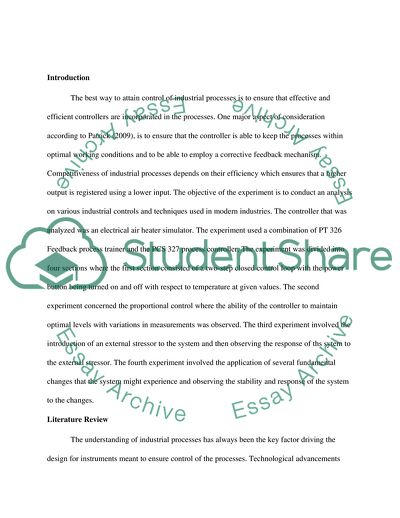Cite this document
(Industrial process control Lab Report Example | Topics and Well Written Essays - 1750 words, n.d.)
Industrial process control Lab Report Example | Topics and Well Written Essays - 1750 words. https://studentshare.org/engineering-and-construction/1764821-industrial-process-control
Industrial process control Lab Report Example | Topics and Well Written Essays - 1750 words. https://studentshare.org/engineering-and-construction/1764821-industrial-process-control
(Industrial Process Control Lab Report Example | Topics and Well Written Essays - 1750 Words)
Industrial Process Control Lab Report Example | Topics and Well Written Essays - 1750 Words. https://studentshare.org/engineering-and-construction/1764821-industrial-process-control.
Industrial Process Control Lab Report Example | Topics and Well Written Essays - 1750 Words. https://studentshare.org/engineering-and-construction/1764821-industrial-process-control.
“Industrial Process Control Lab Report Example | Topics and Well Written Essays - 1750 Words”. https://studentshare.org/engineering-and-construction/1764821-industrial-process-control.


